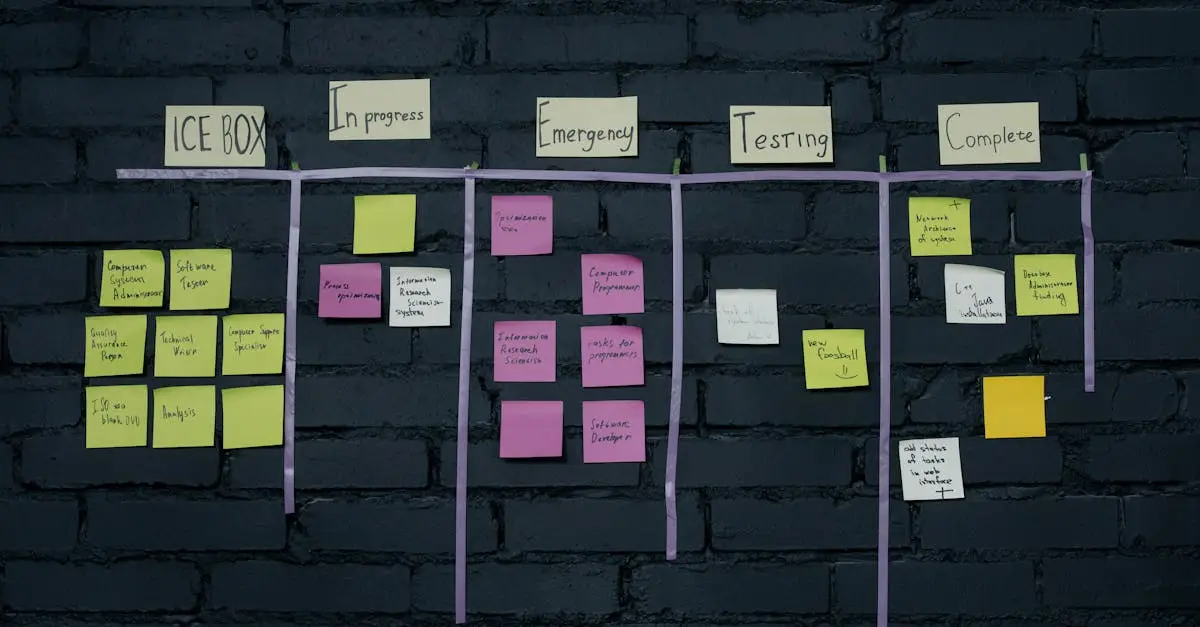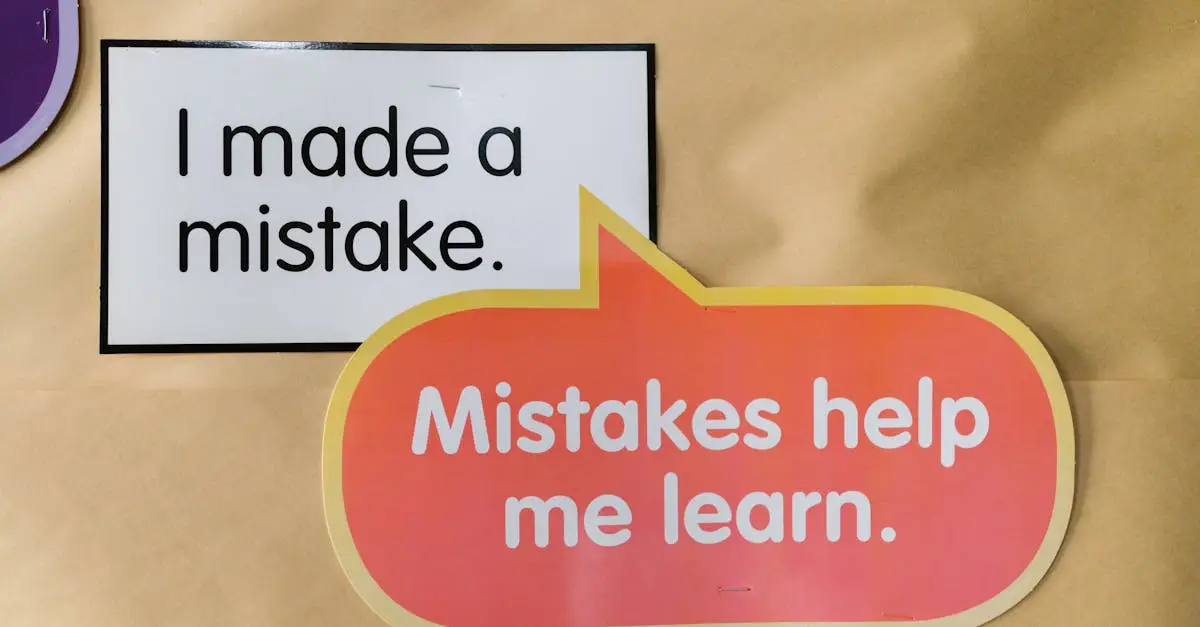Mastering Routine Reviews: Your Key to Organizational Efficiency
Ever feel like your team is just going through the motions? You know what I mean. The same meetings, the same reports, the same struggles with efficiency. It’s exhausting, isn’t it? But let me tell you something: routine reviews are your secret weapon. They can transform your organization from a chaotic mess into a well-oiled machine. When I started my journey in the shared services sector, I came face-to-face with the reality of operational inefficiencies. I set out to revamp large-scale shared service centers for global organizations. What did I learn? Routine reviews are not just a good practice—they’re essential. Here’s why mastering routine reviews can be a game-changer. Why Routine Reviews Matter Think of routine reviews as a regular check-up for your organization. Just like you wouldn’t ignore a doctor’s appointment, you shouldn’t overlook these reviews. They help in: Identifying Inefficiencies: You can spot bottlenecks before they become a serious issue. Boosting Team Morale: Regular discussions about progress keep everyone engaged and motivated. Enhancing Accountability: A structured review process encourages ownership of tasks. Driving Continuous Improvement: It’s not just about fixing what’s broken; it’s about being proactive. Let me take you back to a time I worked on a shared services transformation project. We were lagging in performance metrics, and morale was low. My team and I decided to conduct routine reviews, digging deep into our processes. The revelations were eye-opening. We unearthed inefficiencies no one had noticed and turned them around. It was like flipping a switch. How to Conduct Effective Routine Reviews So, how do you master this? It’s simpler than it sounds. Here’s a practical approach: Set a Regular Schedule: Consistency is key. Make it a habit—weekly, bi-weekly, or monthly. Just keep it regular. Gather Metrics: Come prepared with data. Click on this link to explore metrics that matter for your organization. Encourage Open Dialogue: Foster an atmosphere where team members can voice their concerns and suggestions. Focus on Solutions: Instead of playing the blame game, work collectively on actionable solutions. Document Discussions: Keep records of what was discussed and follow through on decisions made. It may feel awkward at first. But believe me, after a few rounds, you’ll see the benefit. I remember when we introduced this process, some team members were skeptical. By showing them the results—improved efficiency and higher satisfaction scores—skepticism turned into enthusiasm. Common Mistakes to Avoid Even the best intentions can go awry. Here are some mistakes I’ve seen that you should avoid: Skipping Preparation: Showing up without data leads to vague discussions. Prep is non-negotiable. Lack of Follow-Up: If you don’t act on what’s discussed, you’ll lose credibility among your team. Not Involving Everyone: Routine reviews should be a team effort. Involve key players from different departments. Overlooking Culture: Keep in mind the human aspect. Celebrate wins, big or small. During one of my projects, we overlooked follow-up actions from a review. Guess what? Next meeting was filled with frustration and disappointment. It’s essential to build trust that their voices matter. Making Routine Reviews Part of Your Culture Want to make routine reviews a cornerstone of your organizational culture? It requires a shift in mindset. Here’s how you can make it happen: Train Your Team: Provide training on effective communication and data analysis. Lead by Example: Show your own willingness to adapt and change based on feedback. Celebrate Improvements: Recognize and reward teams for improvements stemming from reviews. Integrate Tools: Use project management tools to streamline discussions and track progress. Adopting these practices will lead to a culture that thrives on continuous improvement. Our team used to celebrate every milestone found in routine reviews—big or small. It not only motivated us, but it also created a bond of trust within the team. Conclusion: The Transformative Power of Routine Reviews At the end of the day, mastering routine reviews isn’t just a task—it’s an opportunity for growth. If you commit to this practice, you’re investing in the very heart of your organization. Remember, it’s all about creating a space where your team feels empowered to discuss, reflect, and improve. So grab your calendars, schedule those reviews, and watch as your organizational efficiency skyrockets. If you’re curious to dive deeper into the world of shared services and transform your approach to routine reviews, check out THEGBSEDGE blog. It’s a treasure trove of insights on shared services transformation, innovation, and leadership. Happy reviewing!
Mastering Routine Reviews: Your Key to Organizational Efficiency Read More »








